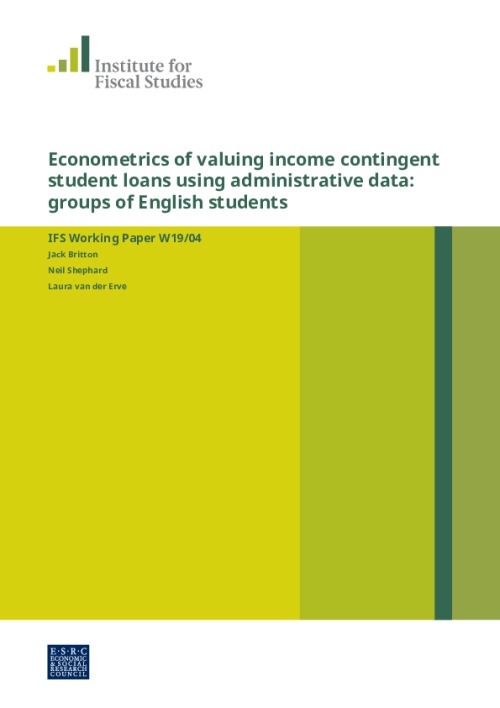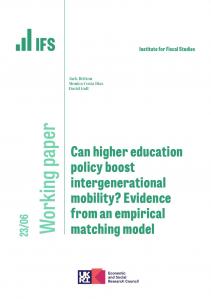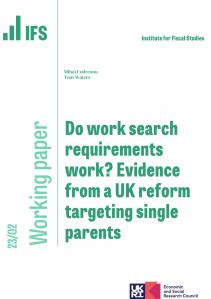Income contingent loans are an increasingly popular tool for funding higher education. These loans have desirable features, but also potentially high overall government write-offs in the long run. This latter fact has been well documented, but little is known about how those write-offs vary by subgroups of borrowers. It is important to quantify this and also to understand how it is affected by the design of the higher education system. Estimation is challenging because it requires the projection of earnings of graduates many years into the future. In this paper, we use English Student Loan Company records with information on borrowing, course, and institution linked to offcial tax records that give earnings for up to 11 years after graduation. Our innovative econometric methods fuse administrative tax records of graduates since they left university with graduate survey data to allow us to extrapolate through the life cycle for the remainder of the loan contract. Our methodology is potentially applicable in a wide range of settings that uses incomplete administrative data. We estimate government subsidies through unpaid loans in England at the subject and institution level for the fi rst time, fi nding considerable heterogeneity in both. England is an interesting case study due to the signi cant reforms to higher education over the past twenty years. We show that these reforms have had strong implications for the distribution of government spending on higher education.











